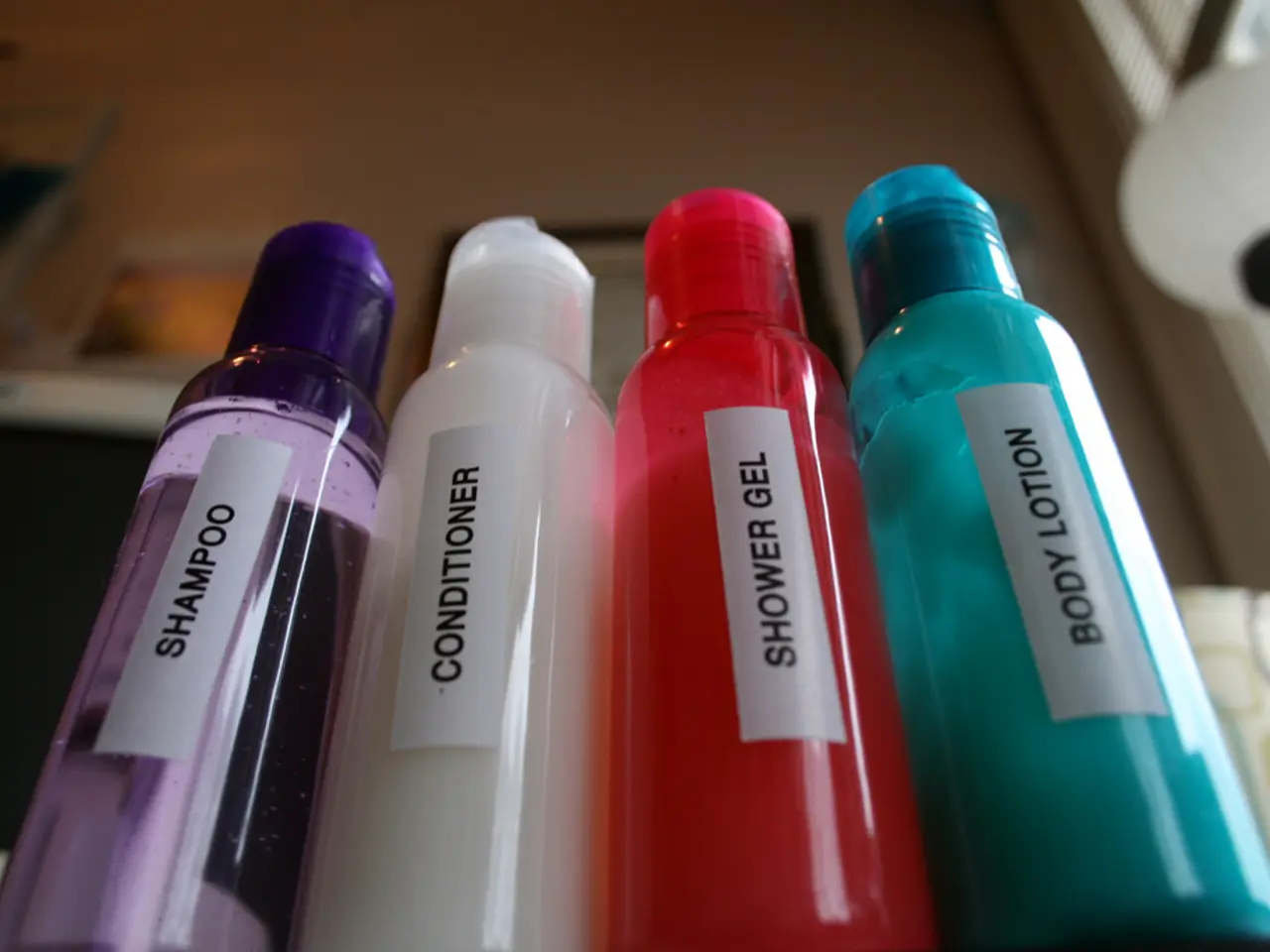Cosmetics Revolutionized: The Game-Changer Role of Biocosmetics in Brand Distinction
In the ever-evolving world of beauty, a new trend is emerging – biocosmetics. These skin and body care products are primarily made from natural ingredients of plant origin, setting them apart from traditional cosmetics.
Biocosmetics aim to combine nature and science to meet the demand for superior efficacy, particularly among younger consumers who are research-driven and prioritize efficacy when choosing cosmetic products. These products contain 99% or more plant-based components and are free from preservatives, dyes, silicones, or other artificial substances, making them gentle and hypoallergenic.
The beauty market is highly competitive, and brands often rely on unique ingredients to stand out from the crowd. Biocosmetics offer a key differentiator due to their close-to-100% naturally-derived ingredients. Moreover, biocosmetics are never tested on animals, further appealing to consumers who prioritise ethical practices.
The environmental impact of biocosmetic production, transport, and storage is minimal. Companies producing biocosmetics can implement strategies centered on sourcing biobased and biodegradable ingredients, adopting innovative green chemistry, promoting circular economy principles, and ensuring transparent eco-friendly marketing.
One such company, Provital, has developed active ingredients such as LingostemTM, OrchistemTM, and CitrustemTM from plant stem cells. These ingredients are sustainably cultivated, including using lab-grown plant stem cells, further reducing the environmental footprint.
However, there are no specific standards or certifications that target biocosmetics. Organic cosmetics, defined as being made entirely from natural and organic ingredients, grown following guidelines of organic farming, have specific certifications issued by recognised certification bodies to verify their organic status.
As the demand for natural, effective, and environmentally responsible beauty products grows, there is a growing potential for biocosmetics labels to foreground innovating with nature. Brands that embrace this trend can differentiate themselves in the competitive beauty market, while also contributing to a more sustainable future.
References:
[1] GS Caltex: Sustainable Preservatives for Cosmetics. (n.d.). Retrieved from https://www.gs-caltex.com/content/sustainable-preservatives-cosmetics
[2] Circular Economy in the Cosmetics Industry. (2020, November 16). Retrieved from https://www.forbes.com/sites/forbesbusinesscouncil/2020/11/16/circular-economy-in-the-cosmetics-industry/?sh=74e619014e8f
[3] Microalgae: The Future of Sustainable Cosmetics. (2020, August 25). Retrieved from https://www.businessoffashion.com/articles/sustainability/microalgae-the-future-of-sustainable-cosmetics
[4] The Rise of Biocosmetics: What You Need to Know. (2021, February 1). Retrieved from https://www.harpersbazaar.com/beauty/skincare/g30460133/biocosmetics-definition-meaning/
[5] GRAS List: Generally Recognized as Safe. (n.d.). Retrieved from https://www.fda.gov/food/ingredientspackaging-labeling/gras-list-generally-recognized-safe-ingredients
Read also:
- Understanding Prediabetes: A Precursory Condition to Diabetes
- Proposed modifications by the Ministry of Internal Affairs could impact car owners nationwide.
- City Transition to Pedestrian-Friendly Environment Increases Daily Steps by Over 1,000: Research Findings
- Aerial attacks by Israel result in the death of 11 individuals in Gaza, occurring concurrently with Hamas leader's trip to Cairo.




